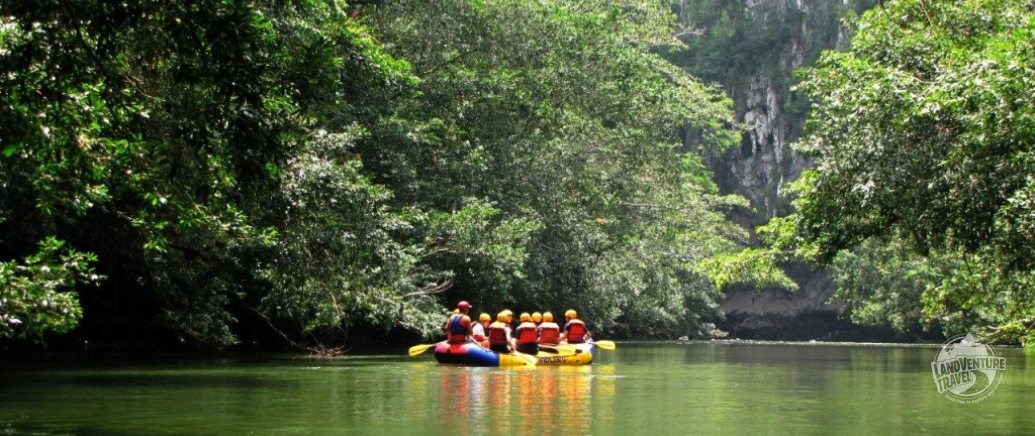
Also, there is a zip-line with short cables that children as young as eight can participate. Many families come to Rio Claro due to the Class I rafting that children as young as four may participate. And this rafting trip provides access to bird, reptile and monkey sightings as well as a leisurely swimming break. There is a two-hour and thirty-minute Class I and II (out of a six-point scale) rafting trip in inflatable rafts. Visitors to Rio Claro can partake in several activities appropriate for a range of abilities. Rio Claro rafting, photo courtesy of Rio Claro Nature Reserve Rio Claro Activities And this coincided with the emergence of the Isthmus of Panama and the separation of the Pacific and Atlantic Oceans. Finally, about 2 million years ago, waters withdrew permanently. This resulted in the canyon that we see today.Ībout 4 million years ago, the shallow sea began to subside, as the limestone deposits emerged. At the time the Amazon flowed from south to north, originating in Brazil and forming a large delta in present-day Colombia.Īs the Central Andean mountain range emerged in Colombia, the limestone sediments that were deposited during the Devonian Period were transformed into marble crystals that were gradually exposed and sculpted by Rio Claro’s waters. The Rio Claro area formed part of a large shallow-sea that received sediments deposited by the Amazon River. The formation of Rio Claro’s watershed, has its origins in sedimentary deposits from the Devonian Period (419-358 million years ago). The karst formations include deep caves, stalactites, stalagmites, rock ripples and ladders. And the sieve-like topography provides striking artistic evidence of 6 million years of hydropower. It is literally a marble canyon with a river running through it.



The reserve sits atop the remnants of a shallow sea and coral reefs. It is located about 94 miles (152 km) southeast of Medellín on the Medellín – Bogotá highway. Rio Claro, photo by Motero Colombia History of Rio ClaroĮstablished in 1970, the 1,606 acre (650 hectare) Rio Claro Nature Reserve is a private reserve and it’s a spectacular example of Colombia’s biodiversity.


 0 kommentar(er)
0 kommentar(er)
